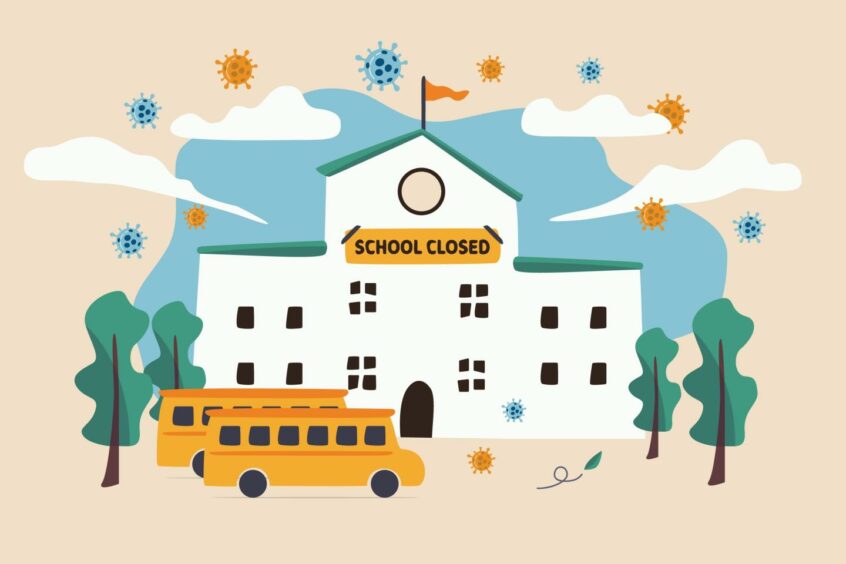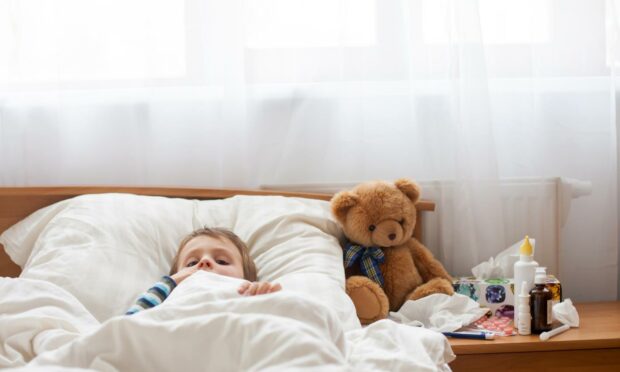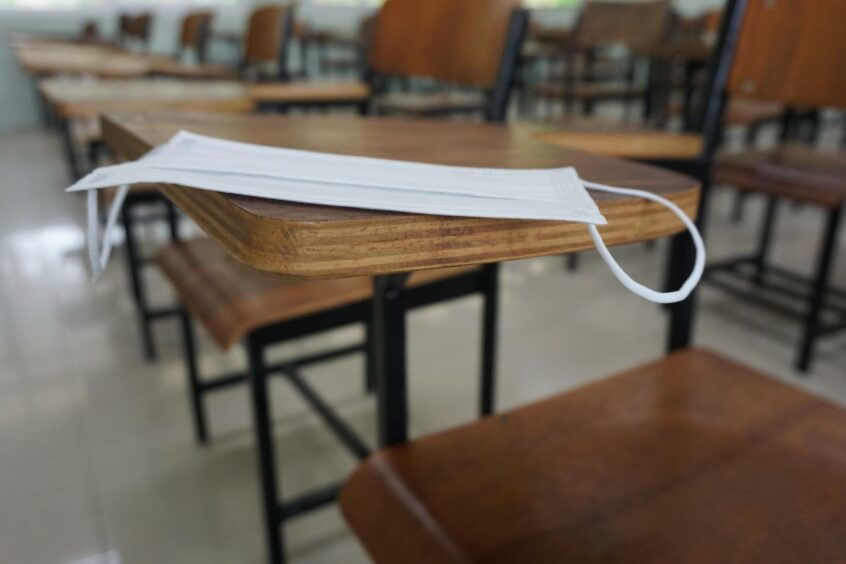This week, Covid kept more pupils out of school than during any other week of 2022.
Highland and Western Isles Councils reported absence rates higher than they have seen since 2020.
And a surge in staff absences due to Covid caused schools across the region to either close completely or cancel some classes.
The newly-relaxed mask policy in secondary schools would be an easy explanation. But schools are just part of a much bigger picture.
Here, we take a look behind the numbers at how some local schools felt the sting of Covid this week.
Self-isolation and positive cases
Typically, students at home because of self-isolation protocol account for most Covid-related absences.
But this school year, the Scottish Government relaxed self-isolation rules in schools, and being in the same class as a student who tested positive is no longer an automatic trigger to isolate.
Since then, Covid related illnesses have slowly grown in proportion to other reasons for absence. In recent weeks, sickness was the most likely reason for students to be out of class.
Staff absent, school closed
Local authorities have been struggling to keep up with staffing demands since the start of the pandemic. When teachers self-isolate, schools often have short notice to find a replacement.
At Charleston Academy in Kinmylies, first-year students arrived at school on Thursday only to be sent back home. In a message to parents, head teacher Helen Hunter said it was “due to late notice of additional staff absence.”

On Friday, more schools reported closures. Little Clouds Nursery in Aberdeen had to close one of its rooms after three staff members tested positive for Covid.
And at Alford Academy in Aberdeenshire, parents said that some classes were shifted to home learning on Thursday and Friday due to staff members isolating.
For rural schools, it can be even more difficult to fill such vacancies on short notice. Shetland Islands Council recently put out a call to all retired or out-of-work teachers in the area to join the local authority’s supply list.
No masks in class: Are the changes driving cases up?
At Ellon Academy, almost 5% of the student population was absent due to Covid this week. Students at secondary schools like Ellon Academy no longer have to wear face masks in the classroom.
The change came into effect in March, so now is about the time for any impact of the new policy to become apparent.
But without a clear picture of what age group is driving cases up locally, it’s hard to say whether the mask policy is to blame.
Citing concerns over patient confidentiality, the government only breaks down national numbers by age group. Cases among children ages 15-19 have risen slightly in March, but are still nowhere near the levels reported in early January.
The weekly average rate per 100,000 among males ages 15-19 was 181.8 on Thursday. For females in the same age group, the rate was 240.9.
On Jan 5, those numbers were 411.8 and 581.8, respectively.
Schools part of the larger trend
Scotland set a new record this week, with the equivalent of one in 14 Scots testing positive for Covid.
Health officials and contact tracers struggle to separate schools from community trends. In Ellon, for example, cases are high in the surrounding community.
NHS Grampian officials said they haven’t identified the academy as a hotspot, despite its setting a record for cases in a week.
And soon it could be even more important to see schools as just one part of the larger picture.
Beginning next week, the government will put an end to many longstanding Covid restrictions, which may change the Covid landscape once again.
Read more from the Schools & Family team
Inverness mountain biking champion Aimi Kenyon gears up for the World Cup
Common assumptions about fostering – and why they are wrong
WATCH: Kittybrewster kids get medieval in ‘Stories from St Machar’s Cathedral’

